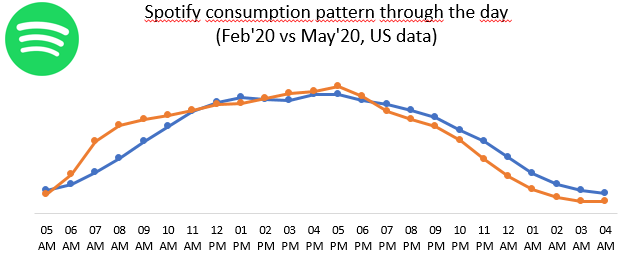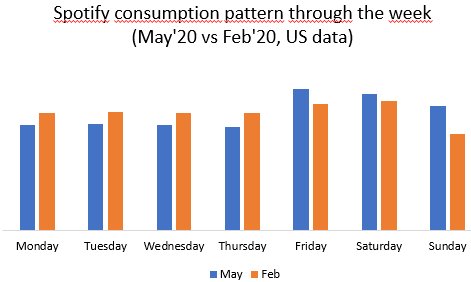
As Spotify conveys, the pandemic has significantly influenced the way the users of the service use the content available on the platform. The number of people who listen to them via in-car playback systems or via smartphones and other wearables has decreased. The potential of the morning hours has also fallen, which should not come as a surprise, since millions of people have switched to remote mode and the so-called “commuting time” has ceased to exist. Luckily for this young industry, this does not mean at all that the popularity of podcasts has decreased. Even though, as reported by external companies, drops of up to 20% were in March, the following months enjoyed a significantly growing interest, making the industry emerge from the pandemic “on the plus side”.

All thanks to the fact that podcasts as a background medium, quickly “found” new bridges for their further expansion. Their popularity is driven by the content itself – the importance of knowledgeable, inspirational, but also… meditative materials is growing. They are listened to less often in the mornings, but more often during the day, also in the afternoons or evenings. They lost during the “workweek”, but they gained significantly on Fridays and weekends. They fill such niches as the time spent on cooking or homework. What’s more, they are being listened to more and more often by more than one person. This is due to the fact that the time spent at home is “rewarded” through playing content on Smart TV or consoles, not necessarily just on one’s own phone. All these changes are a significant change of course for the still young industry, but also a large dose of “second wind”.

